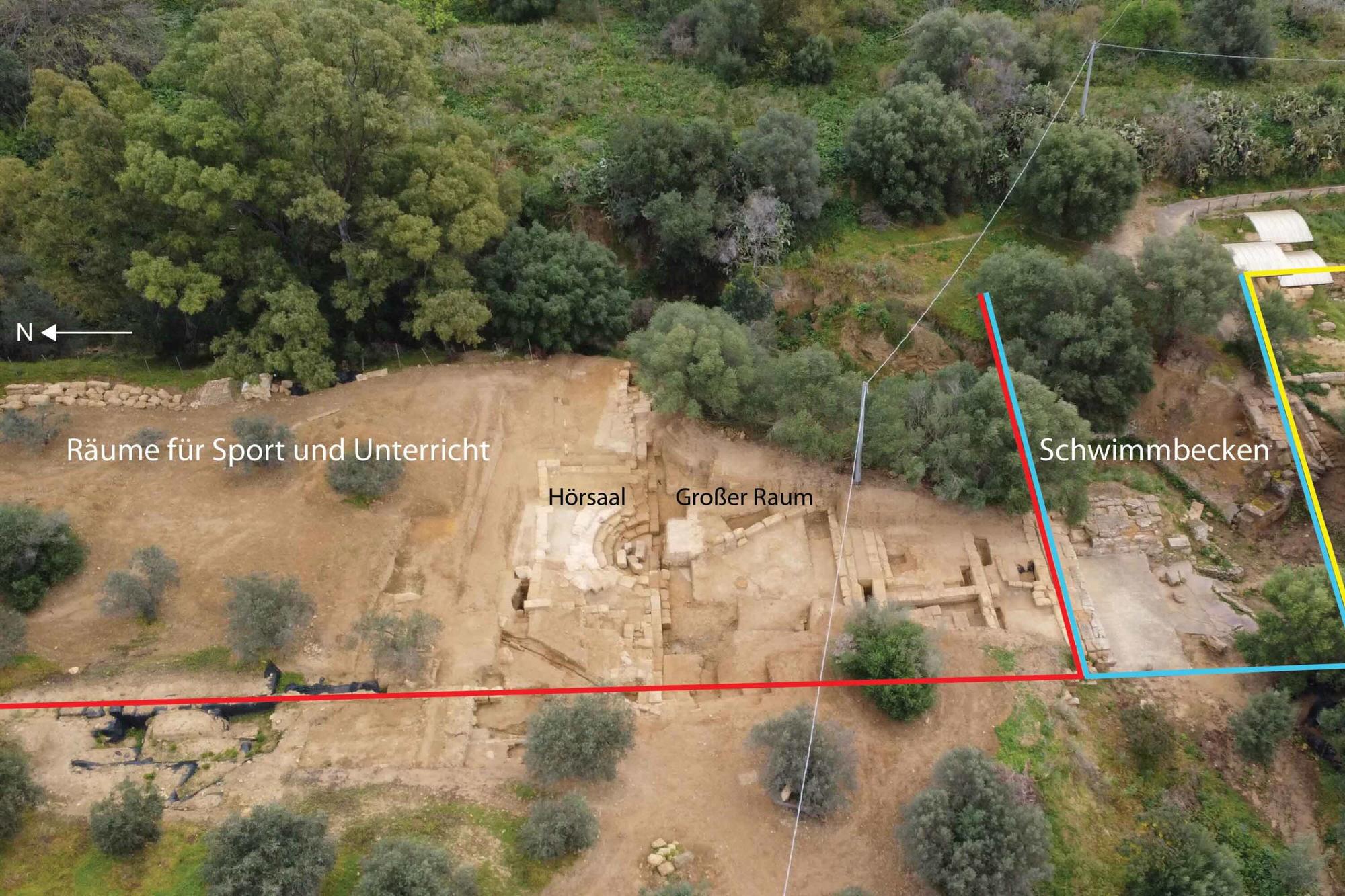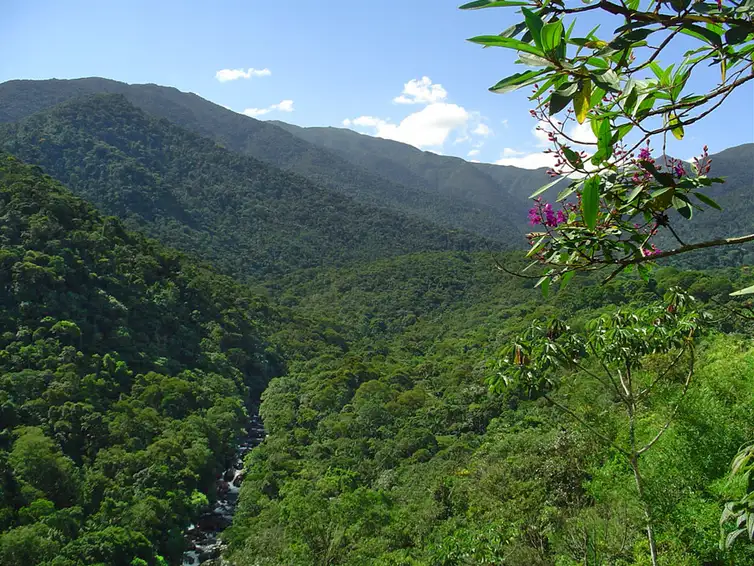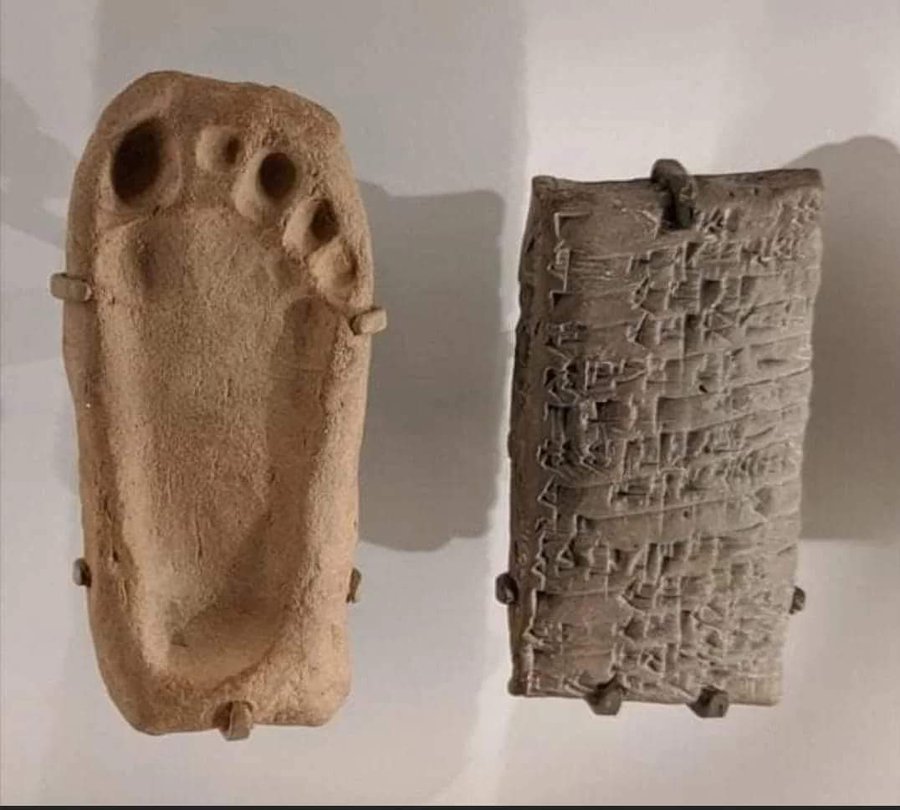In Agrigento, on the southwest coast of Sicily, archaeologists have unearthed two remarkable finds. Excavations in March 2025 by an international team led by Prof. Dr. Monika Trümper and Dr. Thomas Lappi of the Free University of Berlin revealed an ancient auditorium, offering unique insights into the education of young citizens in the ancient city. This auditorium, part of an impressive gymnasium, highlights the significance of intellectual as well as physical training. Another notable discovery includes two inscribed blocks providing fascinating details about the city’s social life during that era. This ancient complex, uncovered by the researchers, is the only known example of its kind in the western Mediterranean.
In ancient Greek cities, the gymnasium served as a central place where young men were prepared both physically and intellectually for their future roles as citizens – a blend of fitness center and school. From the 4th century BC onwards, cities constructed large complexes with running tracks, bathing facilities, and rooms for young men to train and learn. Agrigento, founded around 580 BC as the largest Greek colony in Sicily, also possessed a gymnasium. This was already known in research as a superlative structure, being the only known complex in the western Mediterranean to offer 200-meter running tracks and a large swimming pool.
Its special status was confirmed by recent excavations conducted by a team from the Free University of Berlin in March 2025, in collaboration with the Politecnico di Bari and the Parco Archeologico Valle dei Templi di Agrigento, and funded by the German Research Foundation (DFG). The team unearthed an ancient auditorium, a small covered theater capable of seating approximately 200 people in eight ascending semicircular rows. When the gymnasium was built in the 2nd century BC, no other known gymnasium in the ancient world possessed such an auditorium. It wasn’t until 250-300 years later that the large gymnasium in Pergamon (Turkey) acquired a theater-like auditorium. The auditorium in Agrigento opened onto a large hall (11 x 23 meters) with benches, which could also be used for intellectual activities such as lessons, performances, and competitions. This unique ensemble suggests that the builders of the gymnasium placed equal importance on a “healthy mind” as on a “healthy body.”
In the semicircular orchestra of the auditorium, where teachers and students once performed before an audience, another sensation awaited the excavation team. Two large blocks with a Greek inscription were found there, with letters engraved into the white plastered soft limestone and highlighted with red paint. The inscription mentions a gymnasiarch, the director of the gymnasium, and the renovation of the roof of the apodyterium (changing room), financed by a generous citizen from his own funds and dedicated to the gymnasium’s gods, Hermes and Heracles. Although ancient Agrigento was inhabited for over 1000 years, very few inscriptions have survived that, like this new find, can provide insights into the city’s social life. The letter forms suggest that the inscription was engraved in the late 1st century BC, when Agrigento had long been under Roman rule. Nevertheless, the Greek language, Greek offices, and traditions continued to be cultivated, and the Greek gymnasium remained a central educational institution for the youth, continuing to be used and maintained.
In the campaign planned for 2026, the team hopes to uncover further sports and teaching rooms north of the auditorium and to find more inscriptions that can help reconstruct life in the ancient gymnasium of Agrigento.
Cover Photo: Drone photo of the gymnasium uncovered during excavations in Agrigento.
Image source: Thomas Lappi – Monika Trümper, © FU Berlin, Institute of Classical Archaeology





